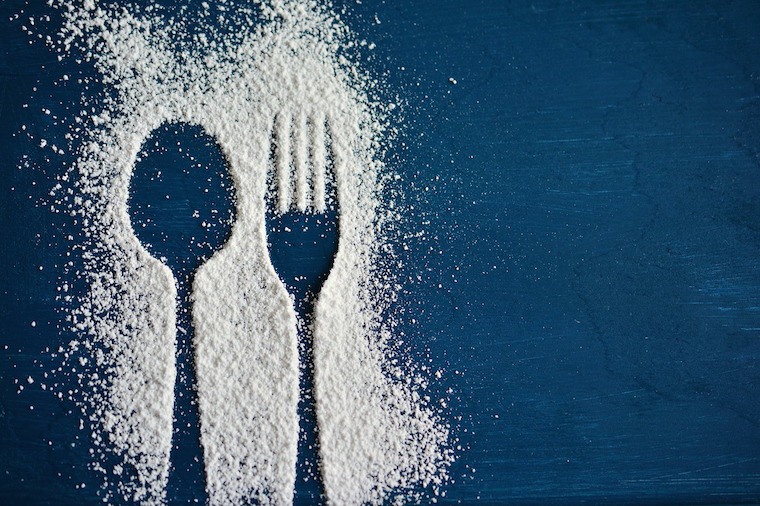3 Myth-Busting Facts That Will Totally Change What You Think About Sugar
To get to the bottom of what healthy-minded eaters really know about the sweet stuff, we teamed up with siggi’s yogurt—the brand pioneering the cause for less sugar—to gather some facts in a comprehensive survey. Who were the food experts we polled? You (literally): Over 2,000 Well+Good readers answered our call.
Over 80 percent of you want to consume less sugar—but have no idea where to start.
And the survey yielded some surprising intel. Namely, that despite the fact that over 80 percent of participants were actively trying to consume less sugar, the average wellness fan has no idea where to start (seriously, same). So, we put together this guide to help you out.
Scroll down for 3 myth-busters about sugar, and what you need to know to be a more conscious shopper—and eater.

Myth #1: Watching calories is more important than managing sugar for overall health
Just 10 years ago, it was easy to think this was true. (Remember when those 100-calorie snack packs dominated the grocery-store aisles?) Thankfully, your answers show that the tide is turning in the right direction: When asked what your main focus is when eyeing a label, about 50 percent of you declared sugar as the main culprit, followed by calories at 20 percent.
Fifty percent of readers say they focus most on sugar content in a food they consume.
And there's science behind why you should consider how many grams you are taking in. In the words of Frank Lipman, MD, "sugar wreaks metabolic havoc on your body," and even the FDA considered raising the alarm, floating a new policy that requires companies to call out sugar content more clearly on nutrition labels.
PSA: While it's still a good idea to stay around the recommended range of calories per day, you need those calories to count—so they can fuel your next sweaty cycling class, help you stay focused on the job, and generally let you be your badass self.

Myth #2: Nutrition labels only call out added sugar
If you think reading a nutrition facts panel is like decoding the hidden meaning behind a Tinder message, you're not alone: Nearly 75 percent of you can't identify what counts as an added sugar, and aren't sure what is included in the sugar section.
Here's the right answer: Everything. Current labels include both added sugar (that's what you find in processed foods like baked sweets and soda) and naturally occurring sugar (the fructose and lactose that's organically found in fruit and dairy).
Three quarters of readers don't know what's included in the "sugar" line item on nutrition labels.
Why is that important? If you're trying to watch your sugar intake, limiting added sugar is the key (in things like salad dressings and condiments—because, surprisingly, it’s in there), without ditching the nutrient-dense whole foods that nature makes sweet naturally (like bananas and cherries).

Myth #3: The recommended amount of sugar you consume depends on your diet
Despite the fact that we're all different, there's still a recommended maximum number of grams of added sugar women should take in in a day: 24, or six teaspoons, according to the American Heart Association.
While 68 percent of respondents don't know the daily recommendation, armed with the right knowledge you can make a good-faith effort with your new ballpark goal.
About 68 percent of wellness fans don't know how much sugar they should consume in a day.
And for the record, there are good reasons for doing so. Improving long-term health, managing chronic conditions, and sustaining energy were all reasons you cited for wanting to quit your after-dinner sweets habit.
But if it meant living 10 years longer, the majority of you would give up red meat first, followed by sugar. The one thing you (understandably) don't want to live without? Chocolate. That's cool—just make it a dark one.
In partnership with siggi’s
Top photo: Stocksy/Marija Savic
Loading More Posts...